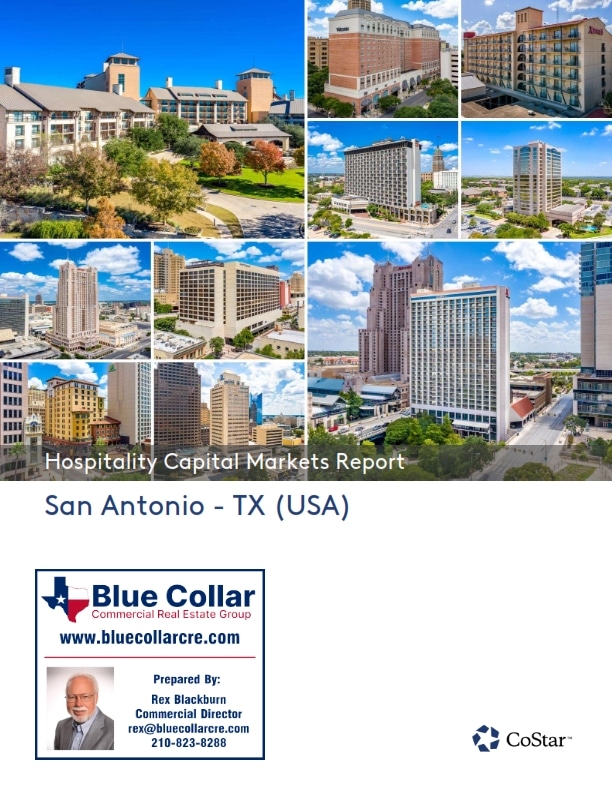The commercial real estate (CRE) sector, often seen as a barometer for economic health, has shown promising signs of stability in the wake of fluctuating market conditions. A significant contributor to this perceived equilibrium is the growth observed in CRE lending. This trend not only indicates a recuperating confidence among investors and lenders but also suggests a foundational steadiness that could propel the market towards sustained growth. This article delves into the indicators of market stability presented by CRE lending, analyzes key trends in loan growth, explores the implications of these trends, and projects the future of a steadier CRE market.
CRE Lending: Indicators of Market Stability
Commercial real estate lending has historically been a precursor to broader market trends, providing early signs of both distress and strength. Recent data showing an uptick in CRE loans is interpreted by many analysts as a strong indicator of market stabilization. This growth in lending suggests that financial institutions are regaining confidence in the real estate market, a critical component for economic recovery. Moreover, an increase in the diversity of lenders, including non-bank institutions, signifies a broad-based belief in the sector’s potential.
The resilience of CRE lending amidst global economic uncertainty underscores the sector’s attractiveness to investors seeking tangible assets. The steady inflow of capital into commercial real estate, driven by the quest for yield in a low-interest-rate environment, has also contributed to stabilizing the market. This phenomenon is further bolstered by the gradual adaptation of businesses to new operational models post-pandemic, increasing the demand for commercial spaces that align with contemporary needs, thereby supporting loan growth.
Analyzing Key Trends in CRE Loan Growth
A closer examination of CRE loan growth reveals several noteworthy trends. Firstly, there has been a marked increase in loans targeting specific sectors such as industrial and multifamily properties, driven by the e-commerce boom and a housing shortage, respectively. This targeted lending strategy signifies a nuanced understanding of the market, where lenders are focusing on sectors with perceived lower risk and higher returns.
Secondly, the geographical distribution of these loans highlights a shift towards suburban and secondary markets. This trend reflects a broader demographic shift accelerated by the pandemic, as both individuals and businesses reconsider the value proposition of urban centers. The increased lending activity in these areas not only diversifies risk for lenders but also stimulates economic growth in previously underinvested regions, contributing to the overall stabilization of the CRE market.
The Implications of Rising CRE Loans
The uptick in CRE lending carries significant implications for the market and the broader economy. For one, it signals a rebound in investor confidence, which is crucial for the liquidity and dynamism of the sector. Increased lending activity also catalyzes job creation, from construction to property management, thereby having a multiplicative effect on economic recovery.
Moreover, the rise in CRE loans may herald an era of innovation within the sector. As developers and property owners secure financing, there is an impetus to adapt properties to meet evolving demands, such as sustainability and enhanced digital infrastructure. This not only improves the competitiveness of individual properties but also contributes to the attractiveness of the CRE market as a whole.
Future Projections: A Steadier CRE Market
Looking ahead, the trends in CRE lending suggest a pathway towards a more stable and resilient market. The strategic focus on high-growth sectors and diversification into new geographic areas are likely to mitigate risks associated with economic downturns. Furthermore, the continued influx of capital into the market, coupled with adaptive property development, sets the stage for sustained growth.
As the CRE market matures in this stabilized environment, investors and lenders are expected to become more selective, prioritizing projects that align with long-term trends such as sustainability and technological integration. This evolution towards a more discerning investment strategy will further solidify the market’s foundation, ensuring its stability and attractiveness for years to come.
In conclusion, the growth seen in CRE lending not only marks a significant turn towards market stabilization but also heralds a promising future for the sector. By understanding the key trends that underpin this growth and their broader implications, stakeholders can navigate the evolving landscape with greater confidence. As the CRE market continues to adapt and thrive, it remains a critical pillar of economic strength and a beacon of opportunity in the wider financial ecosystem.
Your Partners in Commercial Real Estate Success
At Blue Collar Commercial Group, we don’t just work in the Texas Hill Country commercial market—we live here. Our deep-rooted understanding of this unique market, combined with our unmatched expertise in commercial real estate, positions us as your ideal partner for navigating the complexities of office space selection.
From identifying your perfect office space to closing the deal with confidence and ease, our team of seasoned commercial real estate professionals is dedicated to guiding you every step of the way.
Ready to make your mark in the Texas Hill Country commercial real estate landscape?
Contact Blue Collar Commercial Group today. Let us empower you with the insights, resources, and personalized support needed to turn your commercial real estate aspirations into reality.
Reach out to us now and embark on your journey toward commercial real estate excellence in Texas Hill Country.
SIGN UP FOR FREE E-NEWSLETTER
STAY CURRENT WITH LATEST DATA
12 Tips for Strategic Commercial
Real Estate Transactions
Twelve amazing tips that will help you value your property, lease vacant space, and find the perfect location for your business.
Establish a pricing strategy
Understand investors’ points of interest
Know your market
Attracting tenants
Lease vs. Buy
Much more!






